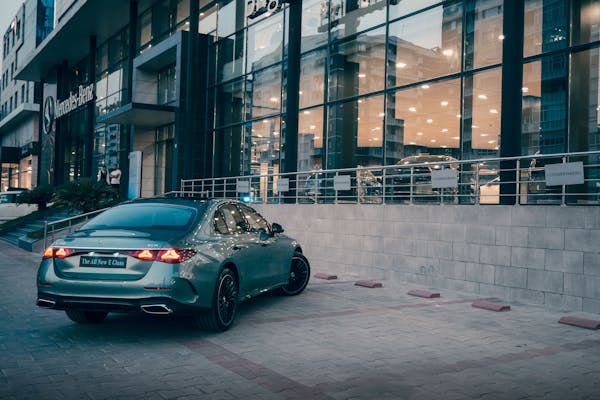Automotive batteries are essential for starting your engine and powering accessories. They also prevent significant power surges that could damage your electronic devices.
Wet cell or flooded batteries need regular inspection and topping off with distilled water. These are a good choice for the average driver. Enhanced flooded batteries (EFB) offer up to double the cyclical life of lead-acid models.
Wet-Cell
Known as wet batteries or flooded batteries, these battery types have acid-covered lead plates submerged in an electrolyte solution of water and sulfuric acid. With proper care, they can last several years or even decades.
However, they do deteriorate faster under hot conditions as the plates erode and reduce their size. Other factors that can accelerate aging are excessive vibration, overcharging and long periods of storage.
These batteries require regular inspection and refilling of the electrolyte. If not maintained correctly, the batteries could leak or explode, producing Hydrogen sulfide (a toxic and flammable gas) and pose a safety risk.
Dry-Cell
When you are thinking of upgrading your car battery, the type that you choose will affect how well it works. You will need to understand the differences between a dry and wet cell battery before you make a purchase.

Wet cell batteries, also known as flooded batteries, use liquid electrolyte that can be easily added or drained and have a shorter lifespan than dry cells. This is because wet cells are prone to leakage or corrosion.
On the other hand, dry cell batteries are sealed and don’t require battery water so they can be referred to as maintenance-free batteries. However, it is still important to check the electrolyte levels in a dry battery regularly using the viewing port on top of the battery. It is recommended that you add battery water if it drops below the minimum level.
AGM
Originally designed to serve aircraft, these batteries have a sturdy design that resists vibrations. This makes them an excellent option for start-stop vehicles, large audio systems and heated seats that place heavy demands on a battery. They also offer superior cycling capabilities and charge acceptance.
They’re also less likely to break apart if you shake them hard, unlike standard lead-acid batteries, which can crack if rattled. They don’t contain corrosive liquids, so they’re safer for the environment than other types of automotive power sources. AGM batteries are great if you limit the charging voltage to their spec, as they don’t like overcharging. They cost more than traditional lead-acid batteries, but they last longer and require less maintenance. They also deliver twice the capacity of a standard flooded battery.
EFB
The battery is the heart of a car, and while traditional flooded lead-acid batteries continue to be a convenient and affordable choice for starting engines and powering standard onboard electronics, more sophisticated features in modern vehicles are creating a higher demand for power. To keep up with these demands, many cars need a more powerful type of battery, such as an EFB or AGM model.
EFB batteries feature a poly fleece material lining each of the vertical plates to help them resist wear and tear, and they also boast carbon additives and a grid structure designed for enhanced charge acceptance and cyclic durability in reduced states of charge. You’ll often find these models in start-stop vehicles or for small to middle class cars with advanced technology requirements.
Lithium-Ion
A lithium-ion battery consists of a series of cells containing an electrolyte medium that separates the positive and negative electrodes. Lithium ions move from the anode to the cathode during discharge and back again when charging.
Today’s EV batteries are designed to operate at 3.2 volts per cell, which matches the voltage of lead acid batteries and allows them to be integrated with older systems. They can also be recharged more quickly and have much longer life expectancies, with fewer chances of thermal runaway.
Absorbed Glass Mat (AGM) batteries — which have the sulfuric acid completely absorbed in matted glass fibers and are essentially spillproof — improve cranking power while retaining reserve capacity. They also are less likely to oxidize, and use more common metals that don’t require the rare earth minerals found in other types of lithium-ion batteries.